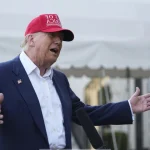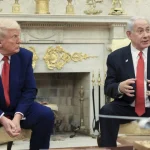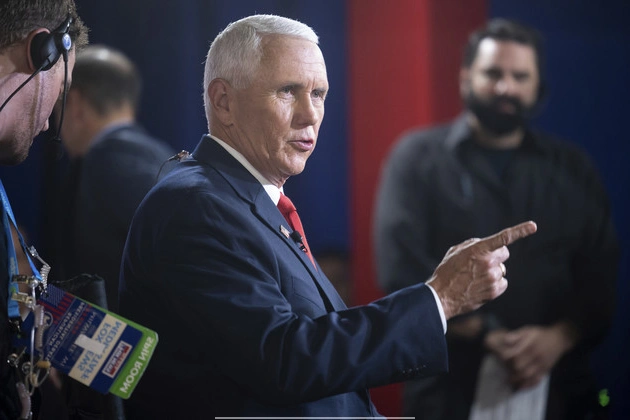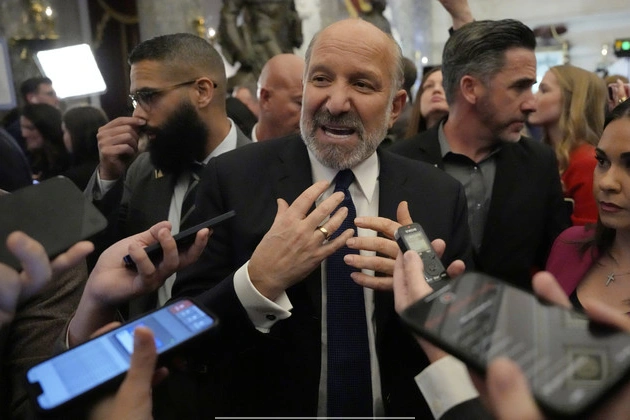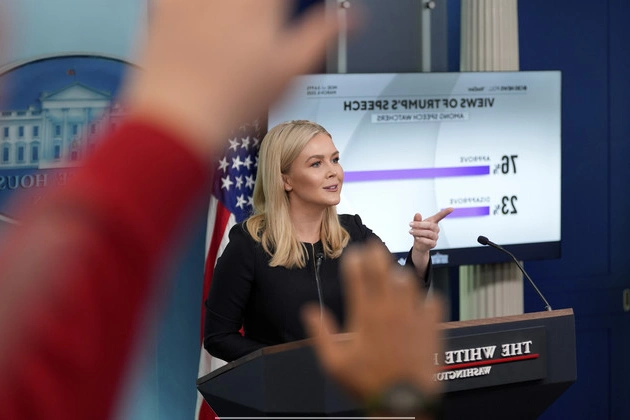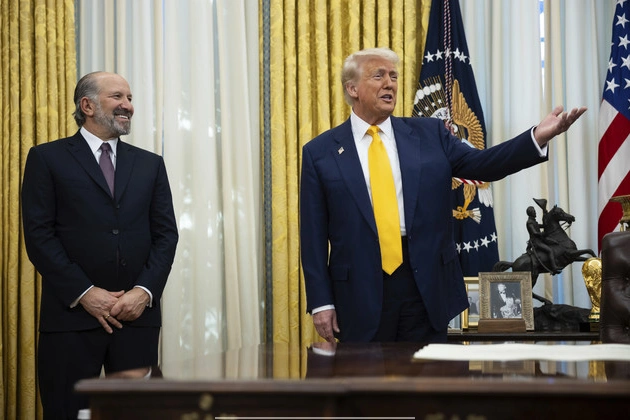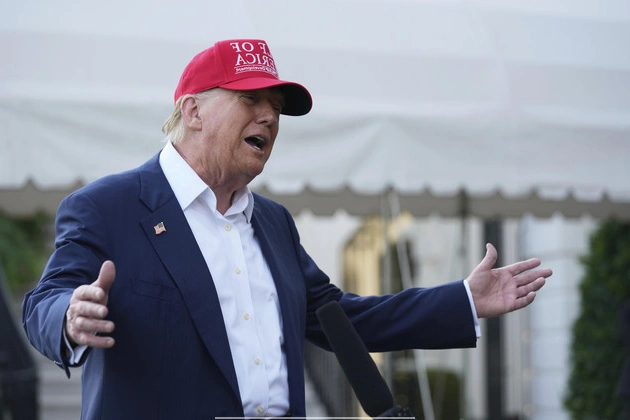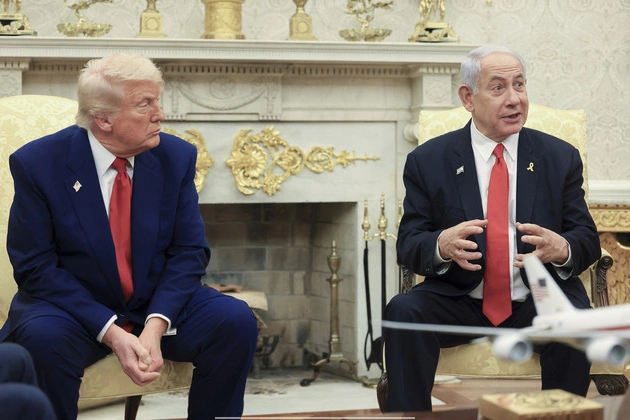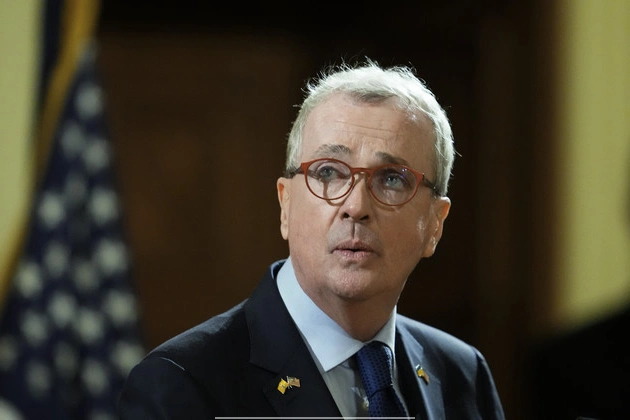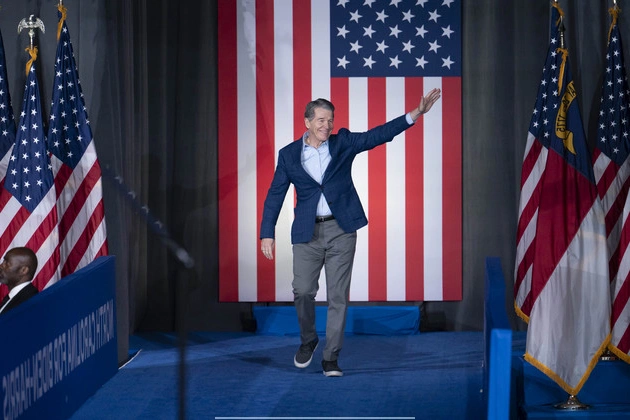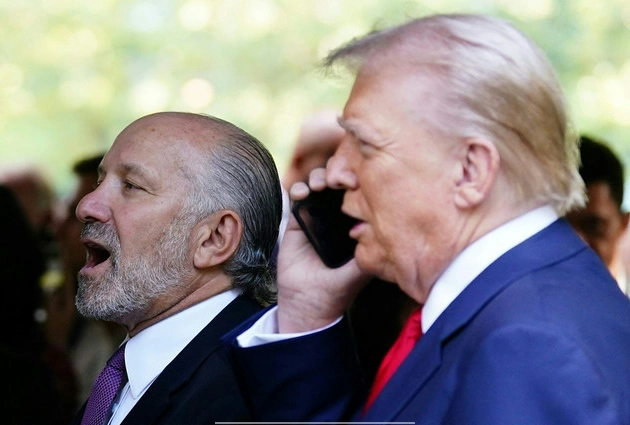
Implementing Tariff Threats: Trump's Trade Strategies Unveiled
Introduction
President-elect Donald Trump has a wide array of trade laws at his disposal to fulfill his campaign promises regarding tariffs. As his inauguration for a second term approaches, his advisors are deliberating on the best course of action to take, balancing speed and impact.
Exploring Tariff Strategies
One approach under consideration is initiating numerous investigations that signal the possibility of tariffs without immediate enforcement. This tactic aims to create pressure and negotiation leverage rather than immediate economic repercussions.
Focus on China
China stands out as a primary target for Trump’s tariff threats due to its unyielding stance on economic matters. The potential escalation of tariffs on Chinese goods by 10 percent reflects a strategic move to set the tone for future trade relations.
Utilizing Trade Laws
Trump’s toolkit includes Section 232, offering broad authority to restrict imports for national security reasons. This provision, although time-consuming, provides room for negotiation and data manipulation to support tariff decisions.
Section 301, another key tool, allows for targeted tariffs based on unfair trade practices. Trump’s previous use against Chinese imports sets a precedent for future actions in his second term.
Potential Actions and Implications
Enforcing the Phase One trade deal with China remains a priority, with the possibility of invoking further tariffs for non-compliance. Additionally, exploring new investigations under Section 301 could lead to extended tariff actions against various countries.
Trump’s consideration of universal tariffs under the International Emergency Economic Powers Act signals a bold move to address trade imbalances. While initial actions may be more symbolic than practical, they set the stage for future negotiations.
Conclusion
President Trump’s tariff threats unveil a complex web of trade strategies that blend legal frameworks with negotiation tactics. By leveraging existing trade laws and exploring new avenues, Trump aims to assert US economic interests on the global stage.
